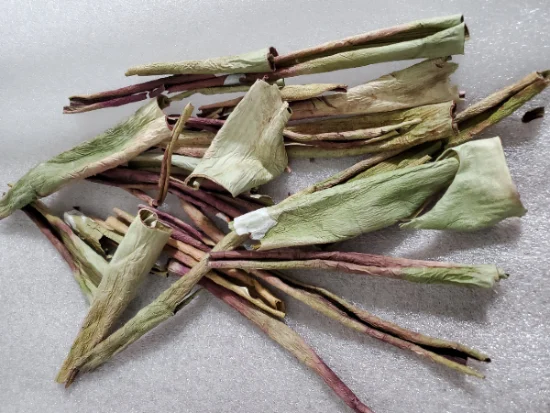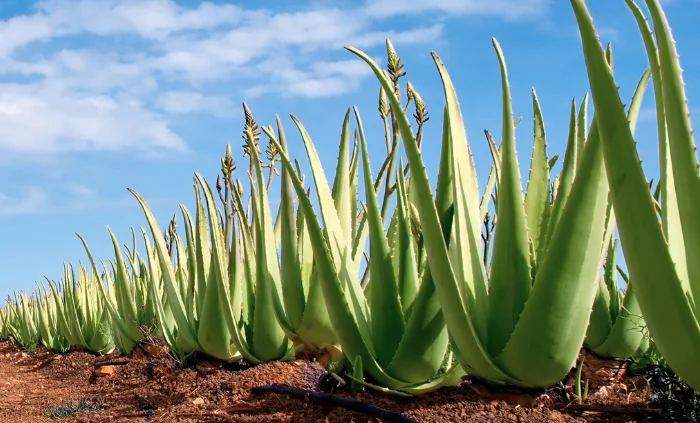Most of us know aloe vera as that soothing green gel we apply on sunburns or drink for digestion. But did you know that there’s a part of the aloe plant that usually gets thrown away, which might just be a treasure in disguise?
What’s the Buzz About?
Aloe vera has these thick, outer layers (or peels) which are discarded when we extract its healing gel. Researchers now believe that these tossed-away peels might be nature’s very own bug zapper! Instead of ending up as waste, they could be a green weapon against those pesky insects.
Imagine the heaps of aloe vera peels we throw away globally. Debasish Bandyopadhyay, the main guy behind this study, thinks this is a golden opportunity missed. “There’s probably enough aloe peel waste to fill a small mountain every year,” he says, exaggerating just a smidge for effect.

An Aloe Story
Here’s how the idea clicked: Bandyopadhyay and a friend were at an aloe vera farm. He noticed that bugs didn’t seem too interested in munching on the aloe plants, while neighboring plants were like a buffet to them.
A thought struck him: Could the peels be the reason?
He approached the farm’s CEO to take some peels for research. The CEO, probably scratching his head, tried to give him the finished aloe products instead. But Bandyopadhyay persisted, and it was a good thing he did!
What’s the Big Deal with the Peels?
Currently, big aloe farms consider these peels as just trash. Some innovative home gardeners do use the gel mixed with garlic and onion to keep pests away, but the peels? Those are still ignored. What’s worse, when these peels decompose, they let out gases that aren’t great for our planet.
So, Bandyopadhyay’s idea?
Turn the peels into a natural insecticide.
This could be a game-changer, especially in places where bugs chew through crops, causing farmers nightmares. And bonus, it’s eco-friendly!
“It’s likely that millions of tons of aloe peels are disposed of globally every year. We wanted to find a way to add value and make them useful.”
Debasish Bandyopadhyay, Ph.D.
The University of Texas Rio Grande Valley

The Science Part (Simplified)
Bandyopadhyay and his clever science pals did what they do best: experiments. They dried the peels (but in a special way, with no sunlight and room temperature air).
Then, using some complicated-sounding methods (hexane, dichloromethane, etc.), they extracted various substances from the peels.
Here’s the cool part: They found around 20 compounds in these peels. Six of these were like nature’s bug spray!
And, as a cherry on top, these compounds are safe, so no worries about harmful effects.
What’s Next?
It’s all well and good in the lab, but the real test? The great outdoors! The team will see how these compounds fare in actual fields, battling real bug invaders.
More To Discover
- The Role of Beneficial Insects in Greenhouse IPM: A Key Component of Pest Control
- Harnessing the Power of Coffee Grounds For Soil Improvement and Natural Slug Control
- MIT’s Bacteria-Based Solution for Sustainable Farming May, One Day, Replace Chemical Fertilizers
- Banishing Mosquitoes: Fun and Effective Natural Ways to Keep Them at Bay
And there’s more: If these peels can fend off mosquitoes and ticks, they might just end up being the secret ingredient in your next bug spray!
In Bandyopadhyay’s words: “We’re not just helping the farms. If this works, we’re making picnics, hikes, and backyard BBQs safer for everyone.”
So, next time you see an aloe vera plant, remember: It’s not just about the soothing gel.
That humble plant might just be a hero in the fight against bugs!



















